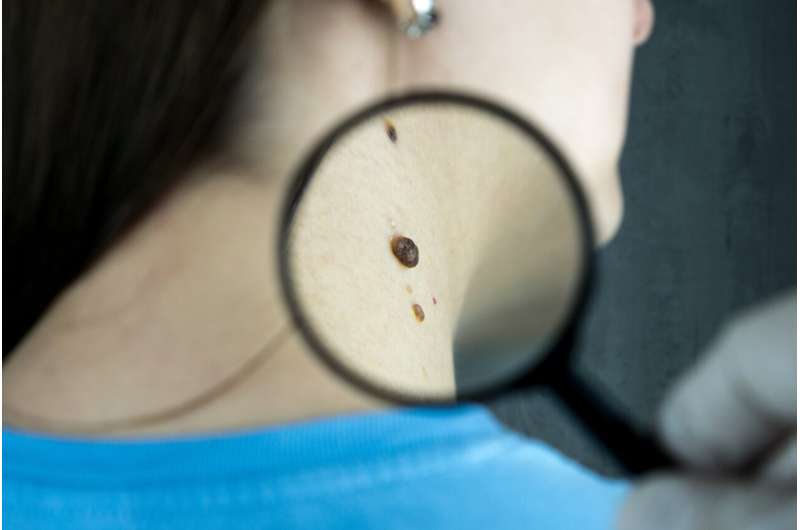Identifying Gaps in Skin Cancer Care for Vulnerable Populations: Insights from Recent Research

Recent research reveals disparities in skin cancer diagnosis and treatment among older adults and rural residents, emphasizing the need for targeted strategies to improve early detection and care access for vulnerable populations.
A comprehensive review conducted by Huntsman Cancer Institute at the University of Utah highlights significant disparities in skin cancer care, particularly affecting older adults, residents of rural areas, and individuals facing barriers to regular medical services. Published in the Surgical Clinics of North America, the study underscores that certain groups are at heightened risk of experiencing delays in diagnosis and suboptimal treatment outcomes for aggressive skin cancers such as melanoma, Merkel cell carcinoma (MCC), and advanced squamous and basal cell carcinomas.
The review emphasizes that early detection is crucial for effective treatment, yet not everyone benefits equally. Older adults, who account for the highest mortality rates associated with aggressive skin cancers, often encounter obstacles such as comorbidities, mobility issues, or lack of awareness, resulting in less frequent use of standard treatments. Similarly, rural populations face challenges like lengthy travel distances to specialized dermatologists and limited access to skin cancer education and preventive measures, leading to later-stage diagnoses.
The research also points out that some individuals are diagnosed only at advanced stages because they lack awareness of skin cancer signs, do not have regular healthcare providers, or the cancer develops in hard-to-see areas like the soles of the feet. As a result, these delays contribute to poorer outcomes among these at-risk groups.
To address these disparities, the review advocates for strategies such as expanding telehealth services, facilitating access to clinical trials, educating the public about skin cancer risks and early warning signs, and training healthcare providers to recognize skin cancer across all skin tones. Huntsman Cancer Institute is actively working to improve equity through outreach, education, and expanding access in rural and underserved communities, including establishing a new Comprehensive Cancer Center in Vineyard, Utah.
The findings reinforce that cancer care must be tailored to reach vulnerable populations effectively. As Dr. Elliot Asare, the review’s lead author, states, “Cancer care shouldn't be one-size-fits-all. We need to meet patients where they are and ensure everyone has the opportunity for early diagnosis and quality treatment.”
Source: https://medicalxpress.com/news/2025-07-gaps-skin-cancer-older-adults.html
Stay Updated with Mia's Feed
Get the latest health & wellness insights delivered straight to your inbox.
Related Articles
Study Links Increased Hospital Acquisition of Private Practices to Rising Healthcare Costs
A groundbreaking study indicates that the rapid growth of hospital-owned private practices is driving up healthcare costs in the U.S., highlighting the need for regulatory scrutiny of mergers and acquisitions.
Research Connects COVID-19 and Bacterial Infections to Alzheimer's Disease Development
Recent studies reveal that infections like COVID-19 and bacterial agents may contribute to Alzheimer's disease through inflammation and neural invasion, opening new avenues for prevention and therapy.
Growing Uncertainty Among Pregnant Women About Marijuana Risks Despite Rising Use
A recent study reveals that many pregnant women remain uncertain about the risks of using marijuana and CBD, despite increasing usage. Experts emphasize the need for better education on potential dangers to fetal development.



